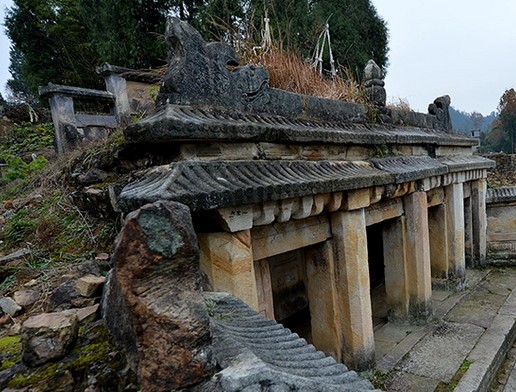 |
|
These ruins in the Tangya chieftain city are in Central China's Hubei province. [Photo/Xinhua] |
China's chieftain heritage sites, mainly concentrated in the mountainous areas of Hunan, Hubei and Guizhou in southeast China, was inscribed in the World Heritage List on Saturday.
Up to now, China ranks 2nd in the world when it comes to cultural heritage sites, behind only Italy, with 48 World Heritage sites on UNESCO's list.
Chieftains, also known as Tusi, were tribal leaders recognized as imperial officials by the government of the Yuan (1271-1368), Ming (1368-1644), and Qing (1644-1912) dynasties. The central governments back then made arrangements with local chieftains in order to rule the northwest and southwest frontiers and it proved a successful strategy.
"The chieftain could preserve their own military and rule accordingly, so long as they submit and pay tribute to the central government," said Wang Wei, head of the Institute of Archeology in the Chinese Academy of Social Sciences.
According to Wang, the system helped the central government rule parts of the country that werevery different from the central land though it later resulted in fights between the chieftains and had to be revised.
Liu Qingzhu, directorof the history department of the Chinese Academy of Social Sciences, said that the chieftain system serves as a historical reference for us to unite the people and rule the country in a multinational context.